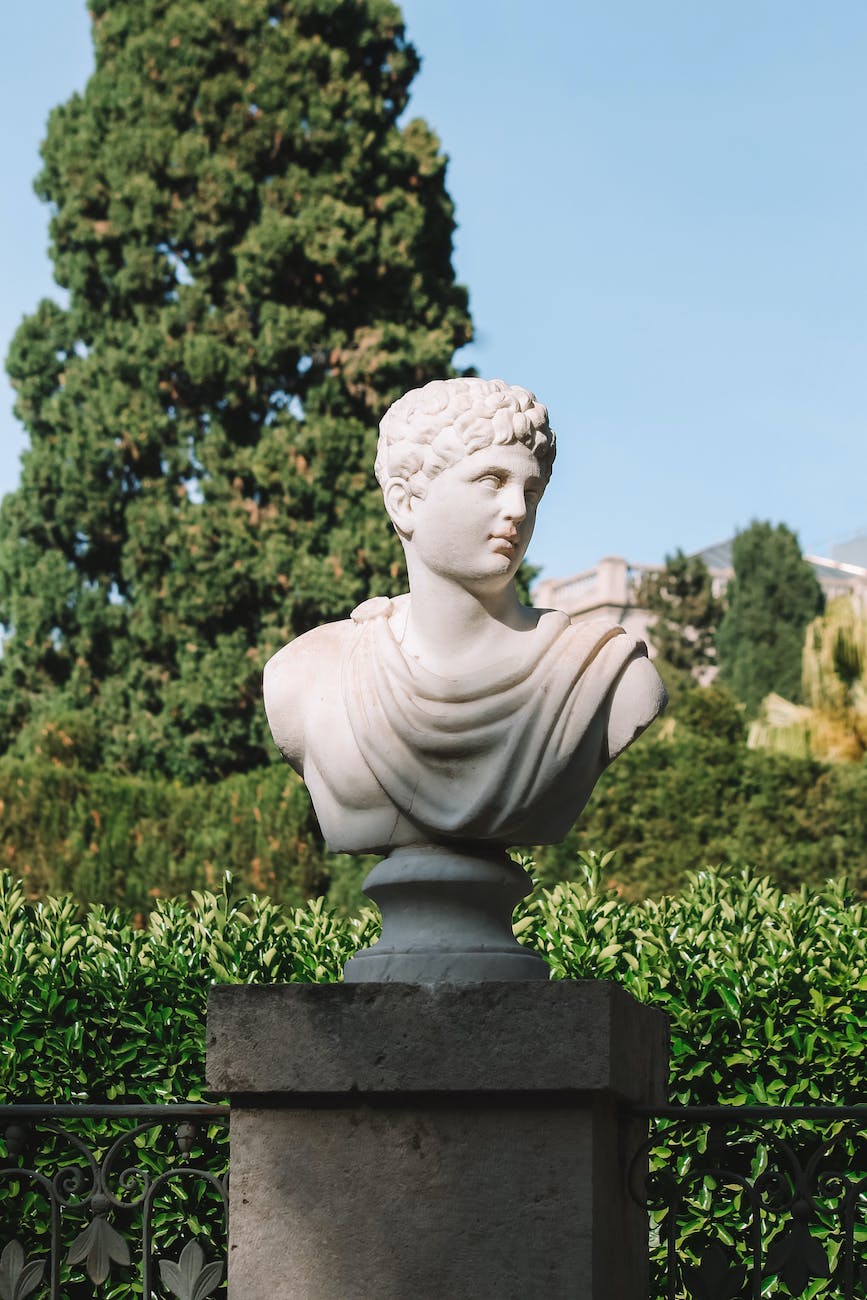Getting Started with Sculpture: Tips for Beginners
Sculpting is an exciting, rewarding art form that allows complete creative expression in 3D. However, the prospect of beginning a new artistic endeavor can feel daunting. With the right guidance and approach, aspiring sculptors can quickly grasp the fundamentals needed to unlock their potential. This article provides key tips for sculpture newcomers.
Choose a Sculpting Medium
The first step is selecting a material to work with. Beginner-friendly options include:
Clay
- Oil-based clays like plasticine stay soft, never dry out. Easy to shape.
- Polymer clays cure in a home oven. Self-hardening. Many colors available.
- Air dry clays let you build solid forms as you go. Low stakes for starting out.
Wax
- Modeling waxes blend smoothly. Can reuse scraps melted together.
- Wax withstands repeated handling as you learn. Easily altered.
Plaster
- Inexpensive way to explore subtractive sculpting.
- Forgiving to carve details into once cured. Holds intricacy.
Foam
- Rigid foams like dense Styrofoam easy to shape with basic tools.
- Lets you sculpt large pieces in an affordable medium.
Gather Essential Tools
Having the right beginner tools allows practicing fundamental sculpting techniques:
Metal Tools
- Butter knife or dull palette knife for smoothing clay.
- Shop knife for cutting foam or air dry clay.
- Dental tools to carve fine details in plaster or wax.
Wooden Tools
- Popsicle sticks for score lines or textures in clay.
- Bamboo skewers make great mark making tools.
- Paint stir sticks help shape softer mediums like plasticine.
Natural Tools
- Sea sponges create interesting clay textures.
- Feathers imprint lines. Leaves add detailing.
- Q-tips work well for smoothing smaller areas.
Miscellaneous
- Watercolors or acrylics add color when painting the sculpture.
- Spray sealer protects completed plaster or foam pieces.
- Wire for armatures. Tin foil fills shapes when needed.
Start with Simple Forms
To grasp sculpting basics without getting frustrated:
- Begin modeling organic forms like fruit or eggs in clay. Focus on shape.
- Sculpt simple abstract shapes like cubes, cylinders, and spheres.
- Carve easy contour lines and shapes into foam or cured plaster.
- Explore reliefs by sculpting into flat slabs of clay, wax or soap.
Learn Fundamental Techniques
Foundational skills to practice as a beginner include:
- Score and slip – Scoring then applying watered clay slip bonds clay parts.
- Armatures – Bend wire supports to hold dynamic poses.
- Additive process – Building up a form gradually. Starting general, refining details.
- Subtractive process – Removing material to reveal form. Useful for plaster, stone.
- Texture – Incising, impressing, stippling clay or wax to create surface interest.
- Smoothing – Blending seams, contours. Burnishing clay.
Seek Inspiration
Surrounding yourself with artwork, images and ideas fuels creativity:
- Visit galleries, sculpture gardens and museums to see techniques.
- Look through sculpture books and magazines to find styles you love.
- Follow sculptor accounts on Instagram for daily inspiration.
- Search Pinterest for pose ideas when sculpting figures.
- Watch YouTube demos to pick up new tips as you go.
Enjoy the Process
As a beginner, focus on enjoyment and discovery rather than perfect finished products.
- Experiment freely without self-judgement. Allow yourself to fail.
- Try new things often to expand capabilities and comfort zone.
- Don’t be afraid to demolish unsuccessful pieces and reuse the material.
- Let early work inform technique and style preferences to evolve.
With the right mindset and foundational knowledge, budding sculptors can unlock their potential and develop a rewarding, lifelong passion for this magnificent art form.
